Some industries rely on affordable energy to remain competitive on global markets. But in Germany, this lifeline of energy has become a luxury that many can no longer afford – even renowned companies who in the past had weathered two world wars and a pandemic.
After years of catastrophic energy policy mismanagement and green energies dogmatism, the bill is coming due. A growing number of German companies are saying ‘auf Wiedersehen‘ or simply shuttering their operations. Others are preparing drastic measures.
German news site Business Leaders here has since begun a running list of companies that are packing up, or shutting down or moving their production and high paying jobs to friendlier business environments.
Business Leaders here reports:
Germany is losing important sectors of the economy and industry. Those who still survived the Corona measures are now facing massive increases in energy prices. Many businesses, the self-employed and companies can no longer bear the cost explosions. In addition, there is the danger of blackouts due to a power shortage. The consequences are insolvencies or the migration of companies abroad. This does not only affect the manufacturing industry. An overview of which companies want to leave Germany – or stop production here – you will find the current list further down in the article.
What follows is Business Leaders’ list of companies that are shutting down operations, declaring insolvency in Germany, or planning drastic contingency measures (e.g. layoffs, production stoppages) due at least in large part to insanely high energy prices:
- Dr. Schneider Unternehmensgruppe
- Hellma Materials GmbH, W
- Borealis AG
- Yara International
- Paul Hartmann AG
- Heinz-Glas & Plastics Group (founded in 1622!)
- Ford
- BMW AG
- Vitesco Technologies Group AG
- Kostal Automobil Elektrik GmbH & Co. KG
- Privatbrauerei Bischoff GmbH + Co. KG
- Aryzta AG
- Villeroy & Boch AG
- Neue Porzellanfabrik Triptis GmbH
- Dachziegelwerke Nelskamp GmbH
- Holcim AG
- SKW Stickstoffwerke Piesteritz
- Linde GmbH / Linde plc
- Hakle GmbH
- Ludwig Görtz GmbH
- DMV Deutsche Metallveredelung GmbH
- ROT Rickert Oberflächentechnik
- Baumann Federn AG
- Budel-Hütte
- Aurubis AG –
- Stahl-Holding Saar
- Thyssen-Krupp Steel Europe
- Salzgitter
- Lech-Stahlwerke
- Waelzholz
- Trimet
- Swiss Steel
- Glencore
- ArcelorMittal –
- Bremkamp Elastic GmbH
- Cristal d’Arques
- Nyrstar Budel
- Aldel
- Ascometal (Swiss Steel Group)
This list was last updated on September 14, according to Business Leaders, which reports it will keep updating. Analysts fear this is only the beginning and that things are going to get far bloody worse.
Half say their existence is threatened
In a recent survey by the German Association of Small and Medium-Sized Businesses (BVMW), almost half of Germany’s medium size companies said: “the explosion in energy prices was threatening the existence of the company.” This was reported by the Funke Mediengruppe, according to Business Leaders.
Almost three-quarters of the companies surveyed said they were “suffering from the current prices for energy.”
The entire article by Business Leaders is here (in German).
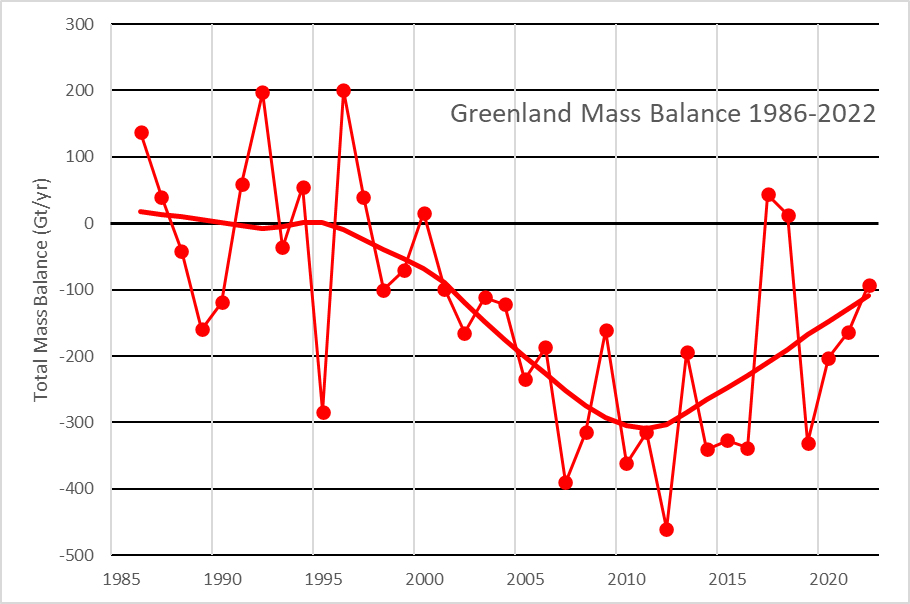

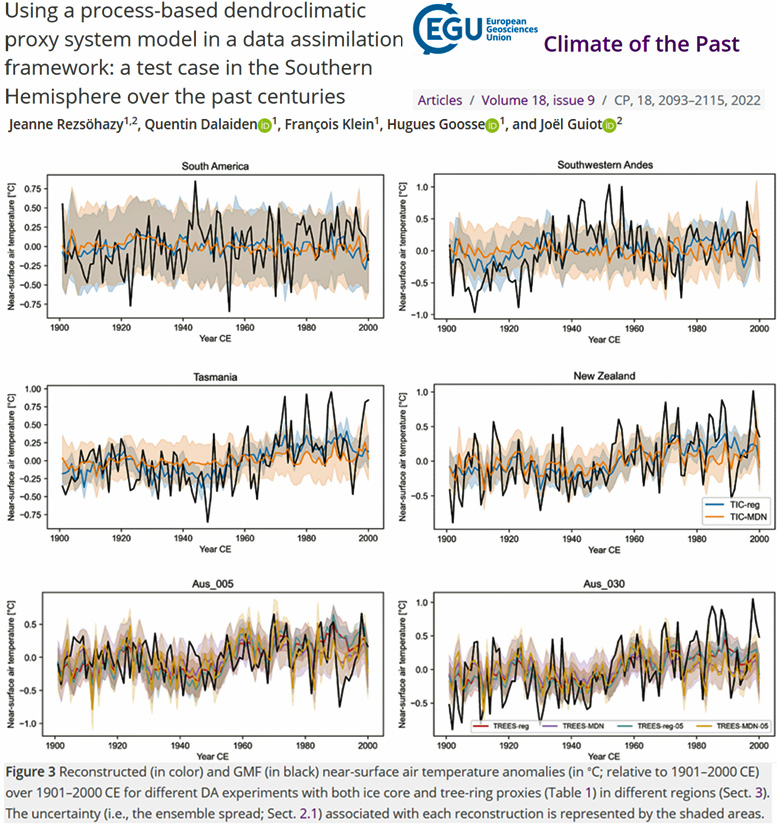
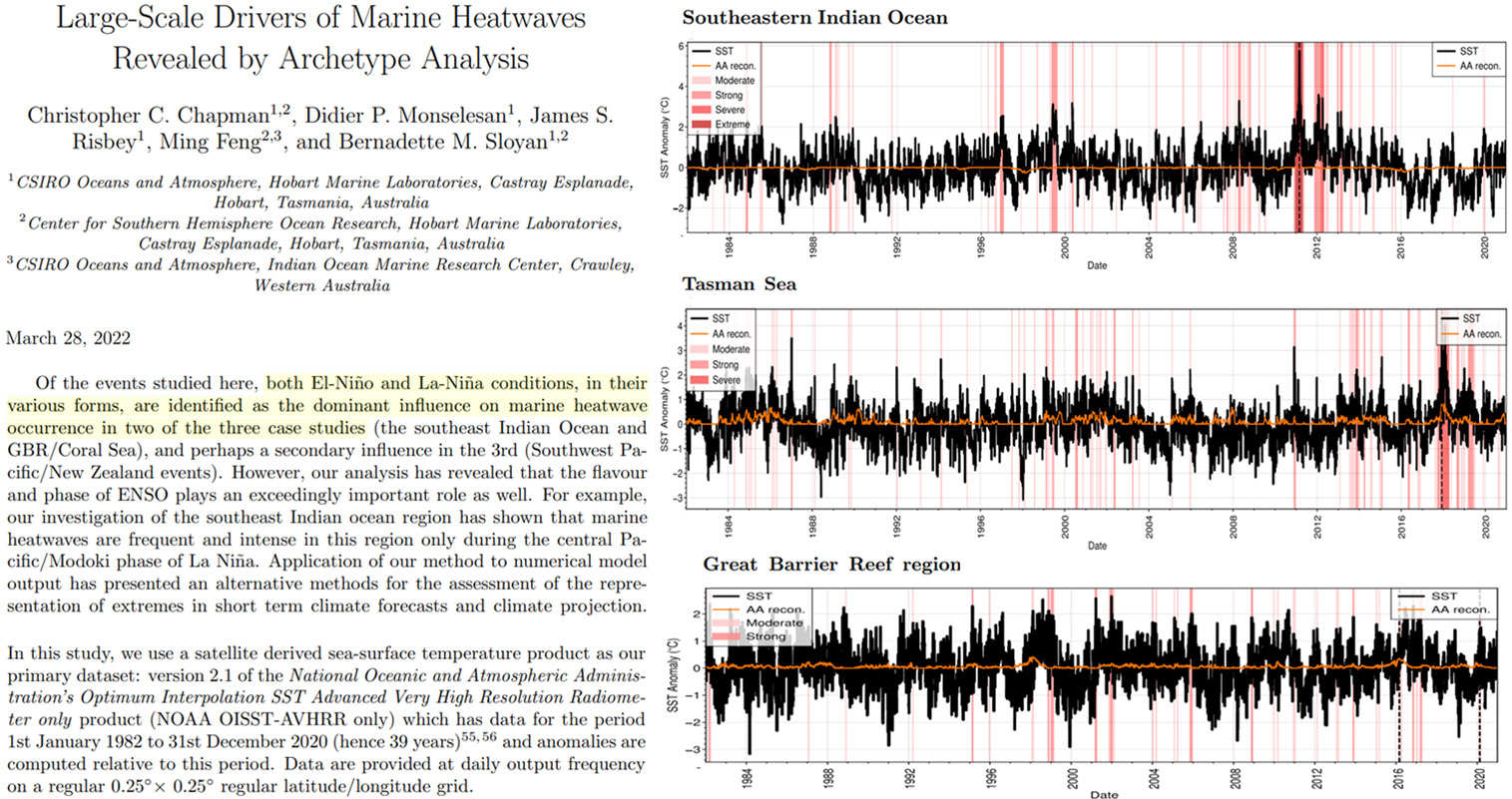

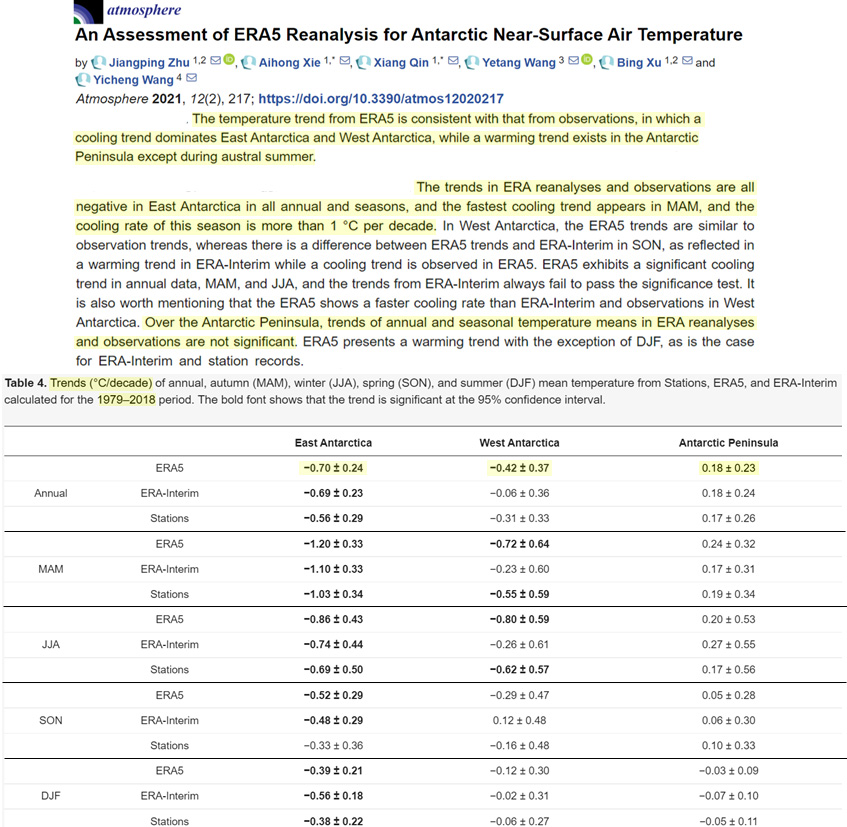
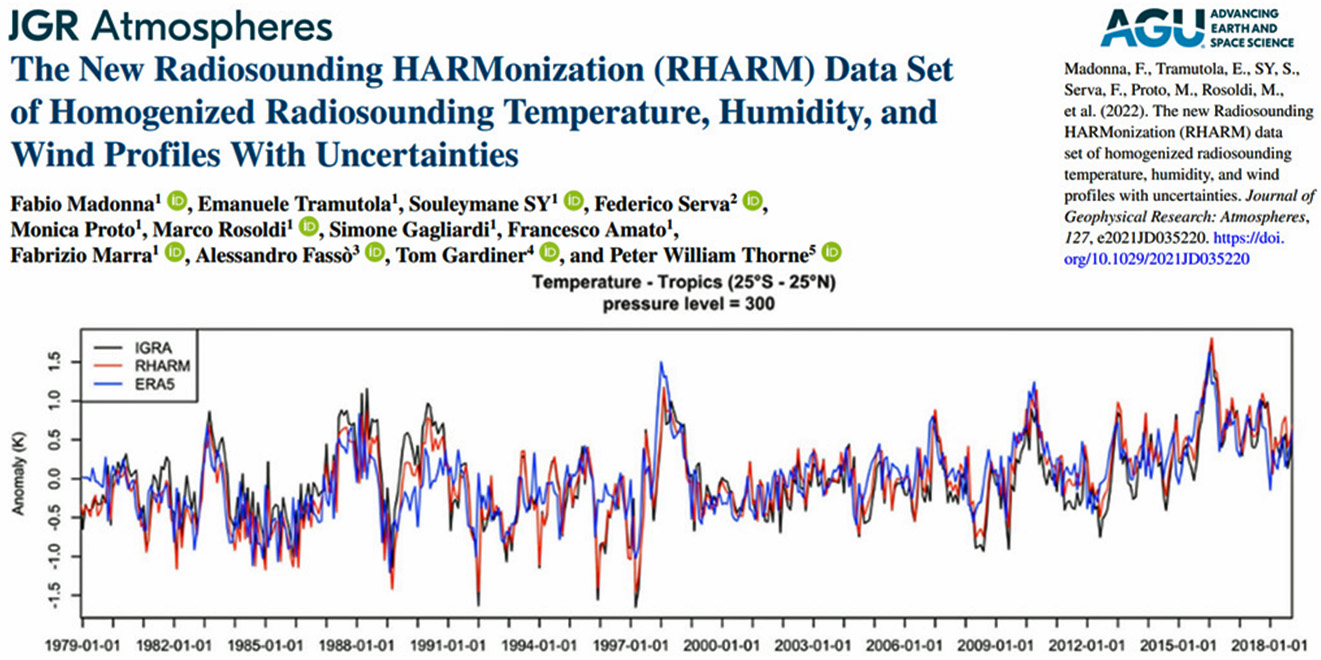
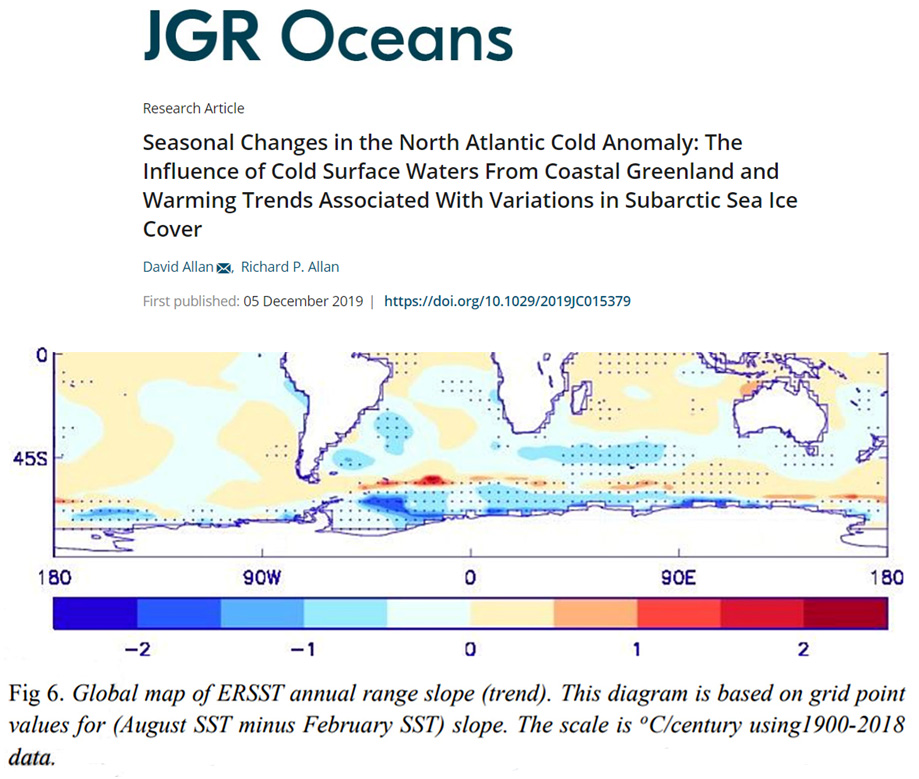

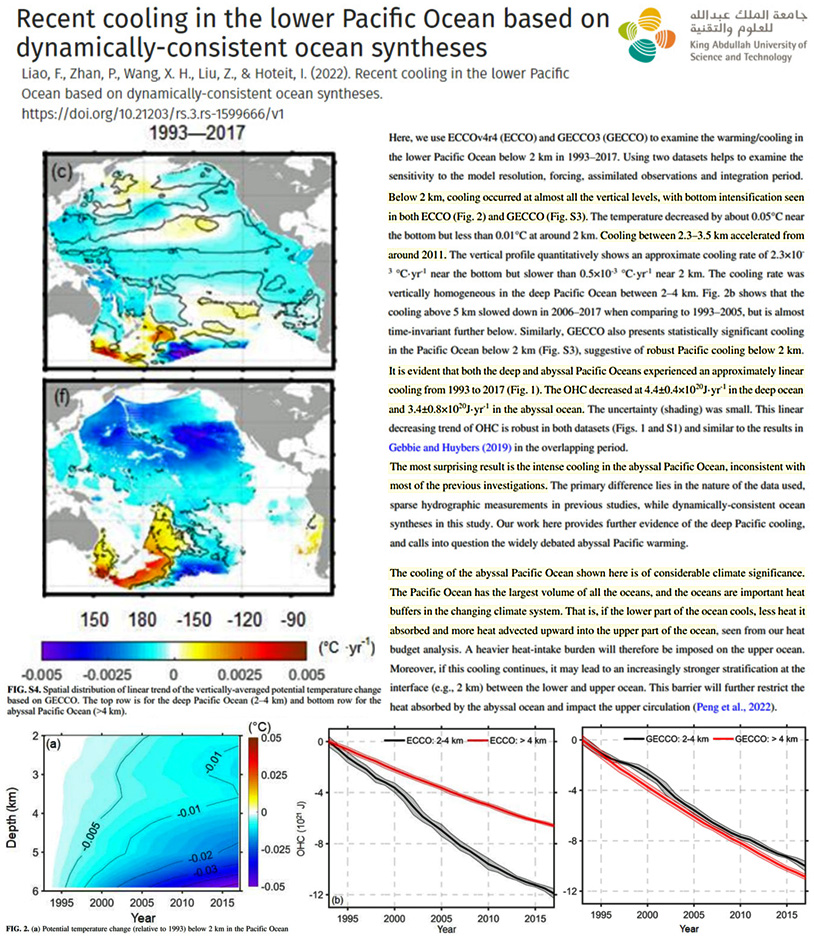
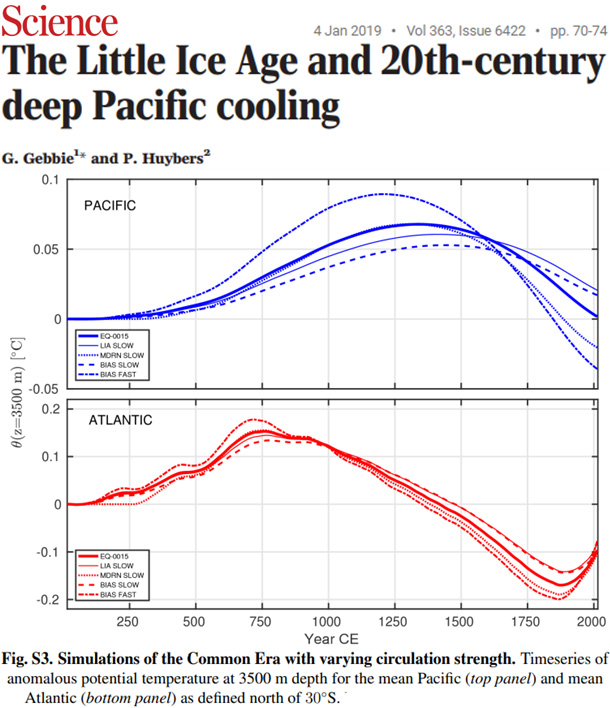
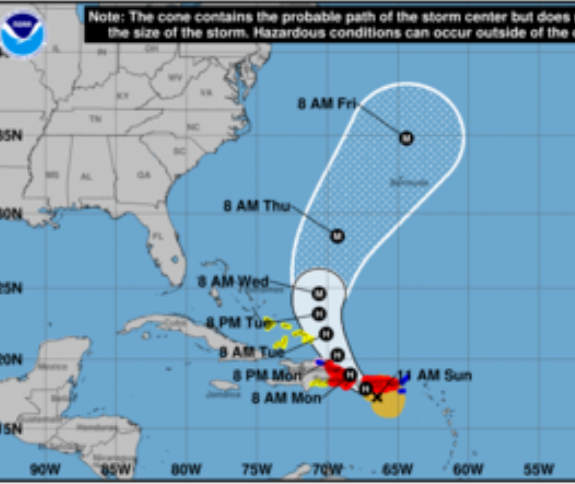
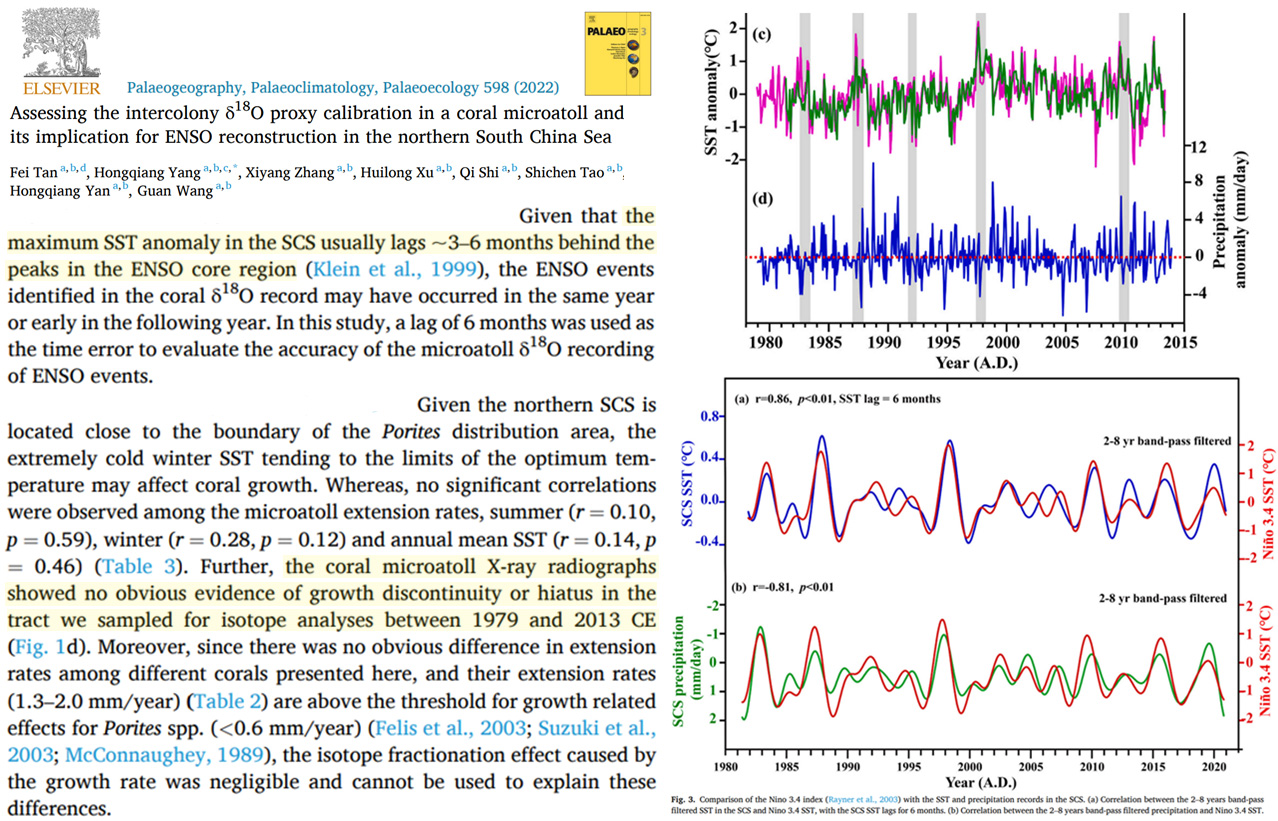
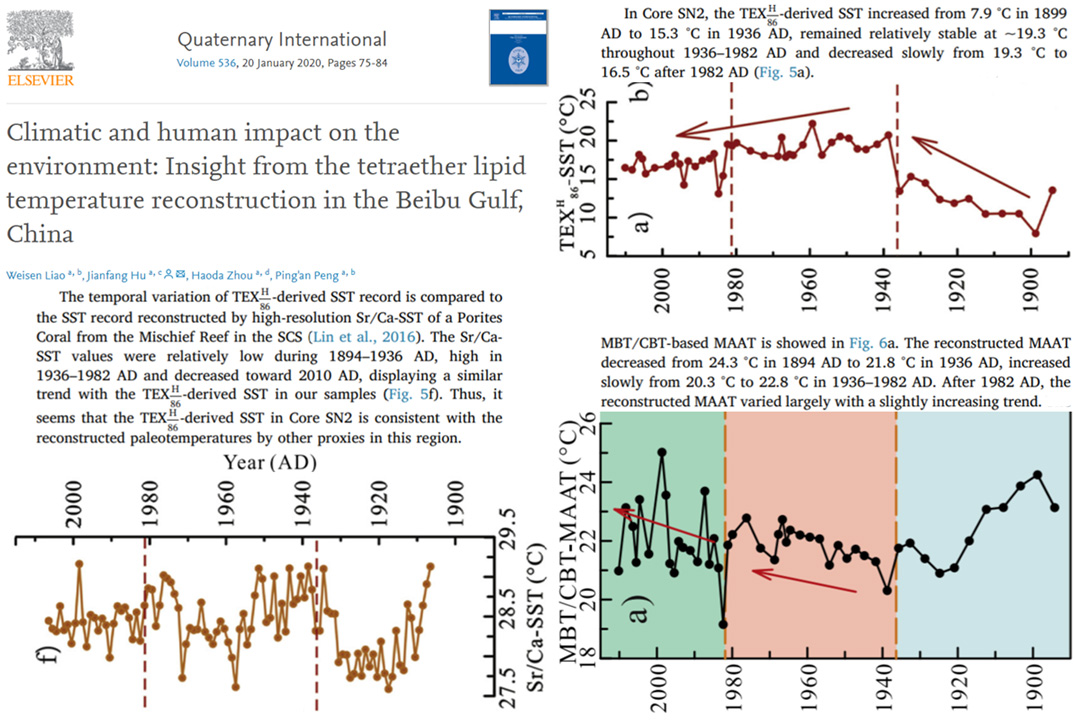
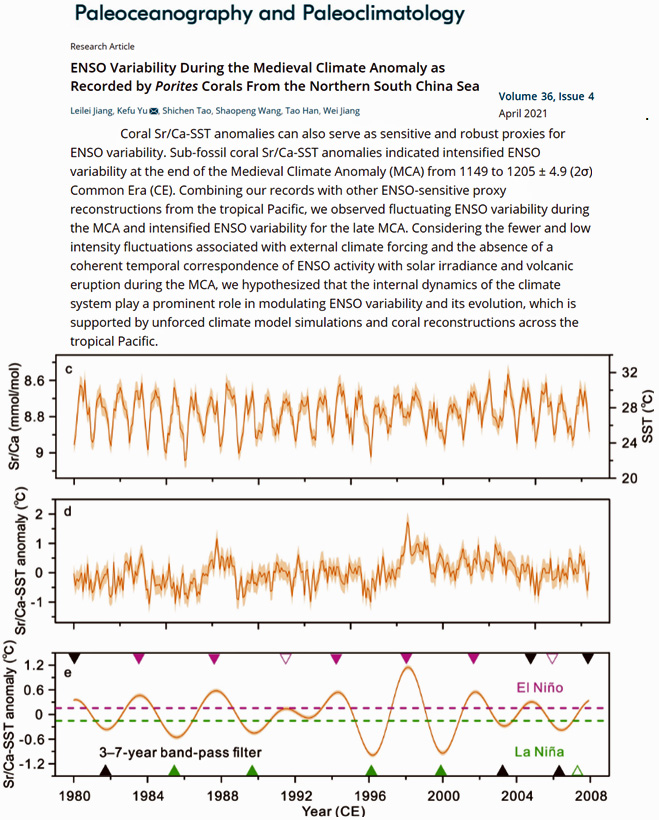
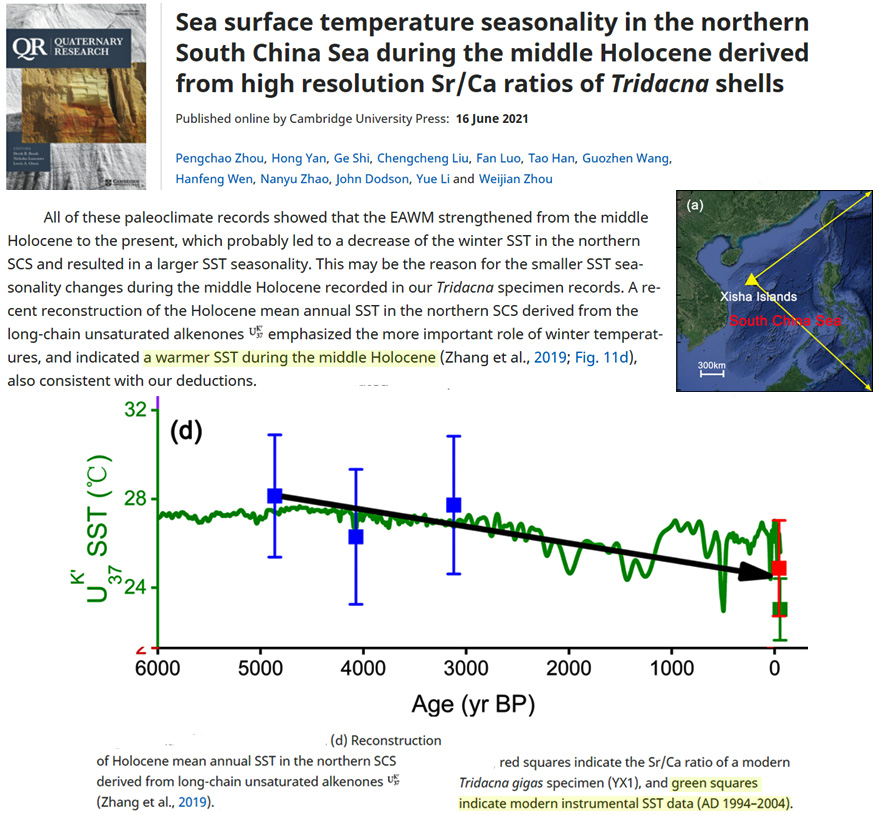

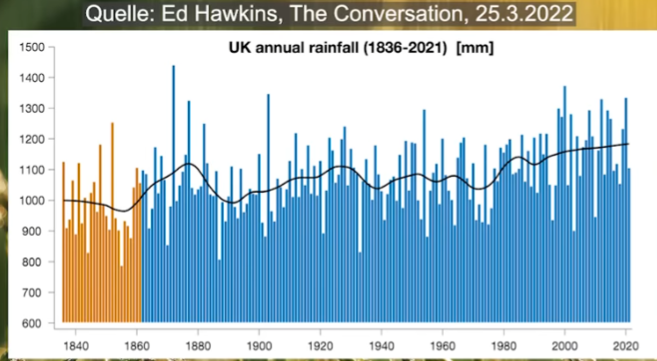





Recent Comments